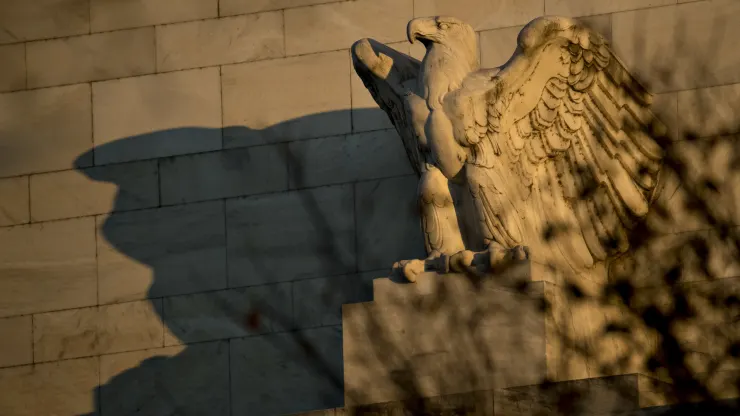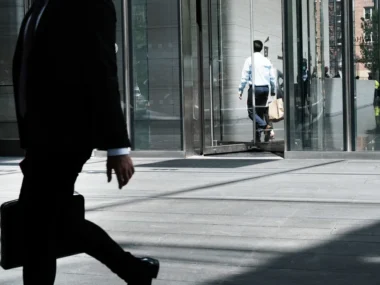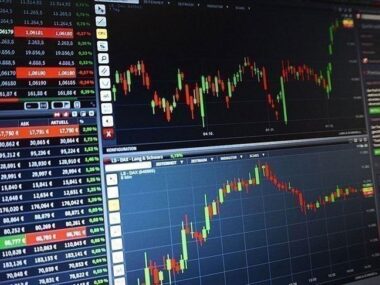MAIN HIGHLIGHTS:
- 1. According to Bank of America, the potential upcoming government shutdown might hinder the Federal Reserve from implementing rate hikes in November.
- Decision-makers would have restricted access to inflation-related information since certain government departments responsible for producing crucial reports would be closed during a shutdown.
- Bank of America suggested that if the deadlock continues for more than a month, it would be wise for the Federal Reserve to keep interest rates unchanged in November.
A potential government shutdown could hinder the Federal Reserve from raising interest rates in November, but the reasons might not be what you expect, according to Bank of America.
The shutdown could not only slow down the economy, making a rate hike ill-advised, but it would also limit central bank policymakers’ access to crucial inflation data. This limitation arises because agencies like the departments of Labor and Commerce, which produce key reports on price trends, would remain unfunded and unable to operate.
Bank of America’s U.S. economist, Aditya Bhave, explained, “If the shutdown lasts for a month or more, the Fed would essentially be flying blind at its November meeting, having learned very little about economic activity and price pressures since the September meeting.”
While Bhave does not anticipate a prolonged shutdown, if it were to extend beyond a month, Bank of America believes it would be prudent for the Fed to keep rates unchanged in November. The possibility of a rate hike in December would then become a close call, with the continuation of the hiking cycle depending on inflation trends.
The Federal Reserve relies heavily on reports from the Labor and Commerce departments to assess inflation. They pay particular attention to Commerce’s personal consumption expenditures price index as an indicator of future inflation trends. Labor’s consumer price index is also closely followed and factored into the Fed’s decision-making.
Though these reports are not the only measures used by the central bank to assess inflation, their absence in November would complicate the rate-setting process.
Market expectations suggest that the Fed has already completed its rate-hiking cycle. The fed funds futures market, as indicated by the CME Group’s FedWatch measure, assigns less than a 30% probability of a rate hike in November, with the possibility of rate cuts starting by June 2024.
Bank of America, on the other hand, expects the Fed to approve one more rate hike, which would bring the key borrowing rate to a target range of 5.5%-5.75%. Bhave noted that if the shutdown is brief, the Fed would have enough time to gather data and likely raise rates again, though the decision would be contingent on inflation remaining in check.
The Federal Reserve is set to conclude its two-day meeting, with market consensus strongly anticipating that rates will remain unchanged.











